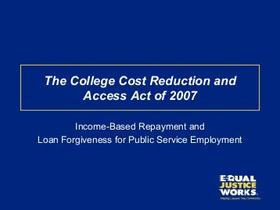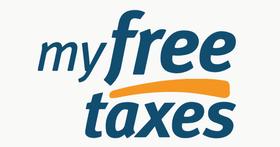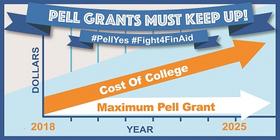While financial aid, scholarships, and student loans are the most common ways to finance higher education, new savings-matching programs are helping more students attend community college. Imagine each dollar you save matched by a free dollar that you can use towards your college tuition!
Savings matching programs help low and middle-income students pay for college by matching the money that participants put in a college savings account. For example, the state of Virginia’s Department of Housing and Community Development runs a savings matching program called New Visions, New Ventures, which will match $2 for every $1 that eligible low-income participants deposit in a savings account. The program will provide up to $4,000 in matching dollars to participants. Participants must use the money to pay tuition, buy a first house, or start a business.
How Savers Can Benefit Even More through Philanthropy Websites
Recently, savings matching programs have begun partnering with philanthropic websites to increase the savings power of their participants even further. One such pioneering website is SaveTogether.com. At SaveTogether, individual donors can read the stories of low and middle-income individuals who are participating in savings matching programs and working towards savings goals that involve post-secondary education.
Individual donors choose individual savers to “match,” and donations made by individuals through SaveTogether are tax deductible.
How the Program Works
By working with a variety of programs that sponsor savings-matching efforts for community college tuition, SaveTogether furthers the power of these programs.
Profiles on SaveTogether Allow Donors to Choose
Potential donors can browse profiles of individuals on SaveTogether, which include photos and background stories. One profile, for example, shows a young woman who, following the birth of a son, decided to break her cycle of low-paying retail jobs to go back to school to become a certified medical assistant. The profile lists the young woman’s savings goal and the amount of money that other donors have already pledged to match. Donors can choose to contribute between $1 and $1650 to the individual’s match fund.
Savings Matching Programs Ensure Funds Are Used Appropriately
The savings matching programs have various safeguards in place to ensure that donor funds are used appropriately. Usually, the money goes to the savings matching organization, and the organization disburses the money directly to the educational institution. In this way, donors are assured that their donations are going towards the educational goals that the savers have established.
The Mission of Savings Matching Programs
SaveTogether founder and CEO Dylan Higgins explained to the San Francisco Chronicle, “Our country is at a unique but possibly transitory moment where the dangers of overborrowing are being played out and the benefits of savings are moving to the forefront.” The website offers a way for Americans to help fellow citizens who are most tightly squeezed by the tough economic climate. SaveTogether’s home page asks, “What if you had the power to fight poverty? Now you do!” Through SaveTogether, individuals can choose to put their philanthropic dollars towards helping struggling Americans achieve dreams of college.
The Chronicle of Philanthropy reports that since SaveTogether launched in October 2009, donors have contributed over $5,500 to match funds for low-income savers.
How Savings Matching Programs Promote Financial Literacy
SaveTogether was started by the Washington, D.C. based nonprofit savings-matching program Capital Area Asset Builders (CAAB). Other savings-matching programs that are working with SaveTogether include the San Francisco-based Opportunity Fund and Juma Ventures, as well as the Boston-based Midas Collaborative.
Capital Area Asset Builders, like most nonprofit savings matching organizations, goes beyond just providing matching funds to qualified participants. Participants are also provided with courses in financial literacy aimed at helping them to acquire the skills and knowledge they need to become financially self-sufficient.
The CAAB website explains that it offers workshops in topics such as:
- Budgeting and saving
- Understanding credit
- Understanding income taxes
- Saving for college
- Saving for retirement
- Investment
Financial literacy is a critical part of the service that savings matching programs provide. In a recent article profiling SaveTogether, the Washington Post featured the story of a Tory Myles, and 18-year-old woman who paid for her first semester at Washington Commonwealth University without going into debt. In fact, she still has $4,000 in savings upon which she can draw. Myles commented on the motivation that she gleaned from seeing her balance going up on her savings reports. While she used to squander too much money on clothes shopping and books, she now is motivated to save the money for tuition and textbooks.
Christina Cain, director of Virginia’s New Visions, New Ventures program, told the Post that she thinks the financial literacy education is just as important as the matching funds.
If you are a low to middle-income individual who is considering attending community college, savings-matching programs are an excellent way to finance your education. By finding a program in your local area, you will quickly be on your way to saving money, enjoying donated funds, and working your way to your educational dreams.





































































